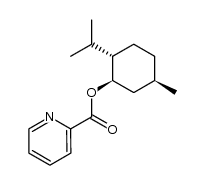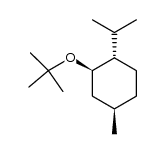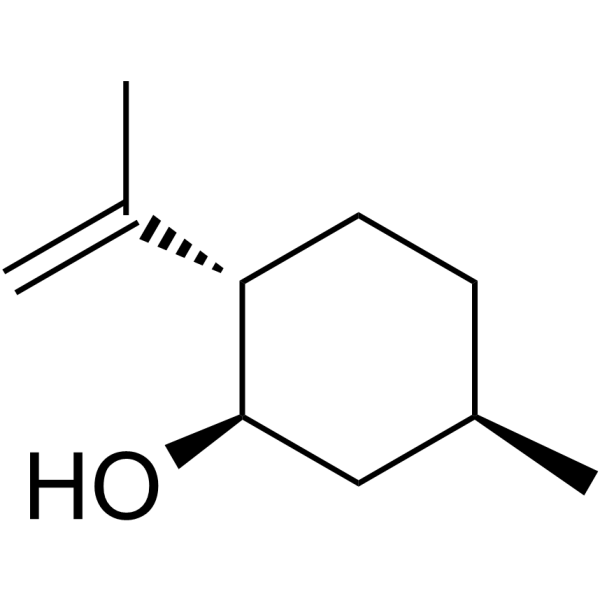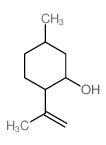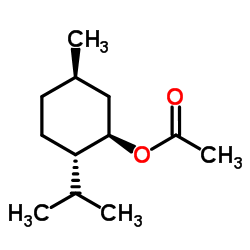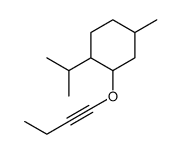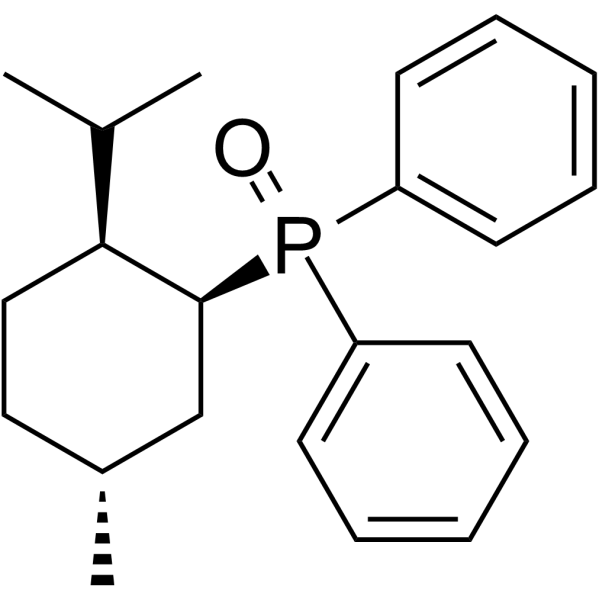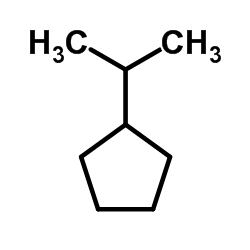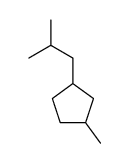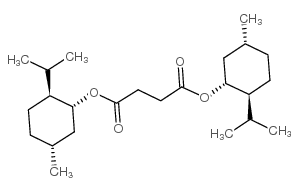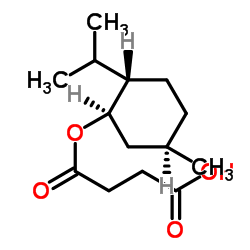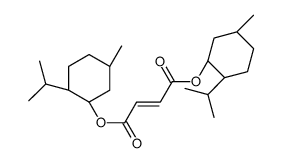2216-51-5
| Name | (-)-menthol |
|---|---|
| Synonyms |
(-)-(1R,3R,4S)-Menthol
(−)-menthol (-)-trans-p-Methan-cis-3-ol (1R,2S,5R)-2-Isopropyl-5-methylcyclohexanol L-Menthol (-)-(1R,2S,5R)-Menthol (1R)-(-)-Menthol Cyclohexanol,5-methyl-2-(1-methylethyl)-, (1R,2S,5R)- DL-Menthol (-)-p-Menthan-3-ol (1R,2S,5R)-2-Isopropyl-5-methylcyclohexanol (5-Methyl-2-(1-methylethyl)cyclohexanol MFCD00062979 UNII:YS08XHA860 Menthol, l- (−)-Menthol,(1R,2S,5R)-2-Isopropyl-5-methylcyclohexanol,5-Methyl-2-(1-methylethyl)cyclohexanol Menthol Minclea (1R,2S,5R)-(−)-Menthol levo-menthol uspmenthol Levomenthol (-)-MENTHYL ALCOHOL (R)-(-)-Menthol (1R,2S,5R)-5-methyl-2-propan-2-yl-cyclohexan-1-ol [1R-(1a,2b,5a)]-5-Methyl-2-(1-methylethyl)cyclohexanol Cyclohexanol, 5-methyl-2-(1-methylethyl)-, (1R,2S,5R)- (-)-Menthol (−)-Menthol,(1R,2S,5R)-(−)-Menthol,(1R,2S,5R)-2-Isopropyl-5-methylcyclohexanol L(-)-Menthol L-MentholuM EINECS 218-690-9 (1R,2S,5R)-(-)-Menthol |
| Description | (-)-Menthol is a key component of peppermint oil that binds and activates transient receptor potential melastatin 8 (TRPM8), a Ca2+-permeable nonselective cation channel, to increase [Ca2+]i[1]. Antitumor activity[1]. |
|---|---|
| Related Catalog | |
| Target |
TRPM8[1] |
| In Vitro | (-)-Menthol (Menthol ) per se does not exhibit antiproliferative activity, but it is able to enhance 1α,25(OH)2D3-mediated growth inhibition in LNCaP cells. At high (-)-Menthol concentrations above 1.6 mM, the cells begin to detach from the culture dish[1]. (-)-Menthol (0.8 mM) can increase [Ca2+]i via transmembrane influx or store release pathways. Peak increase in [Ca2+]i was 102.3±39 nM (n=3) in (-)-Menthol alone and 124.5±51 nM (n=3) in combination of 1α,25(OH)2D3 with (-)-Menthol, respectively[1]. Combination of 1α,25(OH)2D3 with (-)-Menthol (0.8 mM) cooperatively modulates bcl-2 and p21 expression[1]. |
| References |
| Density | 0.9±0.1 g/cm3 |
|---|---|
| Boiling Point | 215.4±8.0 °C at 760 mmHg |
| Melting Point | 41-43ºC |
| Molecular Formula | C10H20O |
| Molecular Weight | 156.265 |
| Flash Point | 93.3±0.0 °C |
| Exact Mass | 156.151413 |
| PSA | 20.23000 |
| LogP | 3.20 |
| Vapour Pressure | 0.0±0.9 mmHg at 25°C |
| Index of Refraction | 1.457 |
| Water Solubility | insoluble |
CHEMICAL IDENTIFICATION
HEALTH HAZARD DATAACUTE TOXICITY DATA
MUTATION DATA
|
| Symbol |


GHS05, GHS07 |
|---|---|
| Signal Word | Danger |
| Hazard Statements | H315-H318-H335 |
| Precautionary Statements | P261-P280-P305 + P351 + P338 |
| Personal Protective Equipment | dust mask type N95 (US);Eyeshields;Gloves |
| Hazard Codes | Xi:Irritant |
| Risk Phrases | R36/37/38;R41 |
| Safety Phrases | S26-S37/39 |
| RIDADR | NONH for all modes of transport |
| WGK Germany | 2 |
| RTECS | OT0700000 |
| HS Code | 29061100 |
| Precursor 8 | |
|---|---|
| DownStream 10 | |
| HS Code | 2906199090 |
|---|---|
| Summary | 2906199090. cyclanic, cyclenic or cyclotherpenic alcohols. VAT:17.0%. Tax rebate rate:13.0%. . MFN tariff:5.5%. General tariff:30.0% |

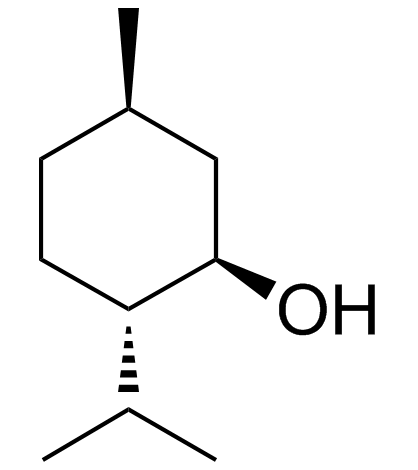
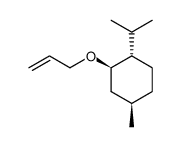
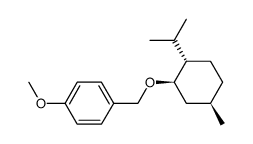
![tetrahydro-2-[[(1R,2S,5R)-5-methyl-2-(1-methylethyl)cyclo-hexyl]oxy]-2H-pyran structure](https://www.chemsrc.com/caspic/136/72020-06-5.png)
